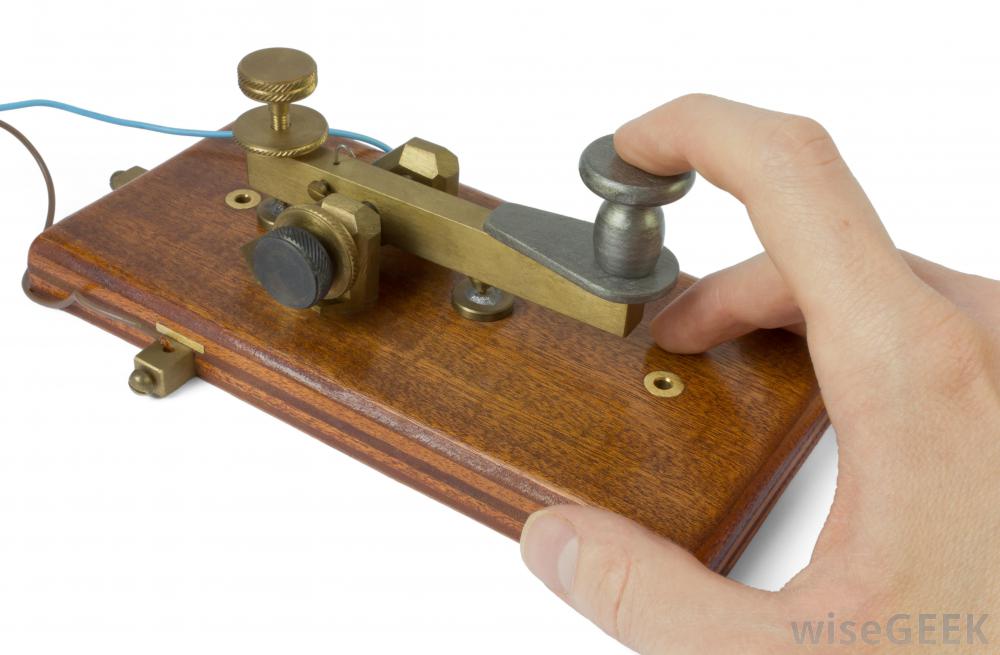What is Morse code?
- The method of sending text messages by unique sequence of short and long signals called "dots" and "dashes."
- Morse code can be implemented by sound, light and printed dots and dashes.
- In sound transmission dits ( dots ) and dahs (dashes) are used to mimic the sound of morse code.
- The dot signal is the basic time measurement.
- Devices that can be switched easily on and off such as flash lights are used for transmission via light signals.
How to understand the Morse code?
Below is a chart which is simple method to decode Morse code.
What are the advantages and disadvantages of Morse code?
Advantages:
1. Easy to send over long distances through radio waves.
2. Cheaper to implement.
3. Wireless.
Disadvantages:
1. Have to learn the Morse code.
2. Time consuming to decode.
3. The beam of light can be interupted.
What are the uses and applications of Morse code?
1. Still popular among ham radios.
2. Allows for ships at sea to communicate using large lights.
3. Was used in telegraphs.
4. Morse Code is an international language used by the military, amateur radio operators, pilots, air traffic controllers.
5. The Morse Code message of ‘SOS’ is still recognised as an international signal of distress.
Telegraph and Morse code:
Telegraph was invented Samuel Morse who also invented the Morse code for long distance communication. Telegraph uses Morse code.
Light Houses and Morse code:
- Device which can be switched on and off like a flash light used to generate Morse code signals to the ships at the light house.
- Three dots form S and three dashes form the letter O. So SOS ( · · · — — — · · · ) was associated with certain phrases such as "Save Our Ship" and "Save Our Souls".






